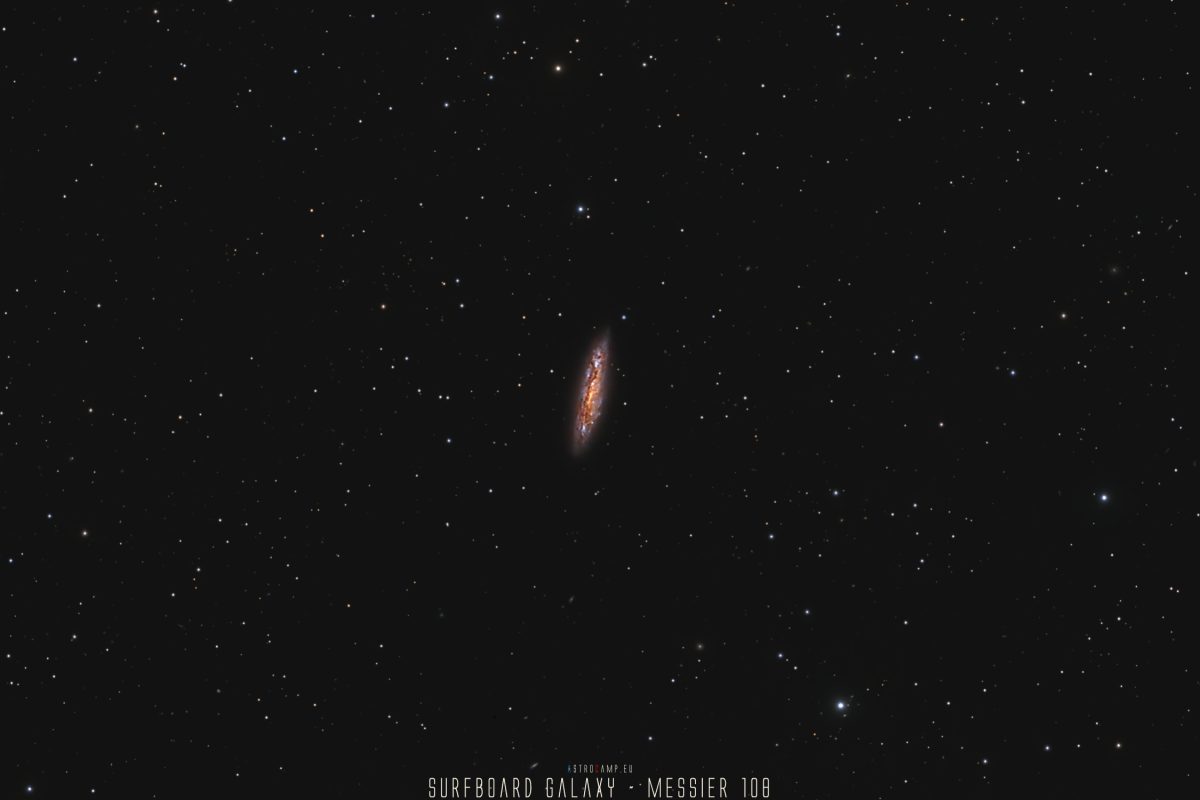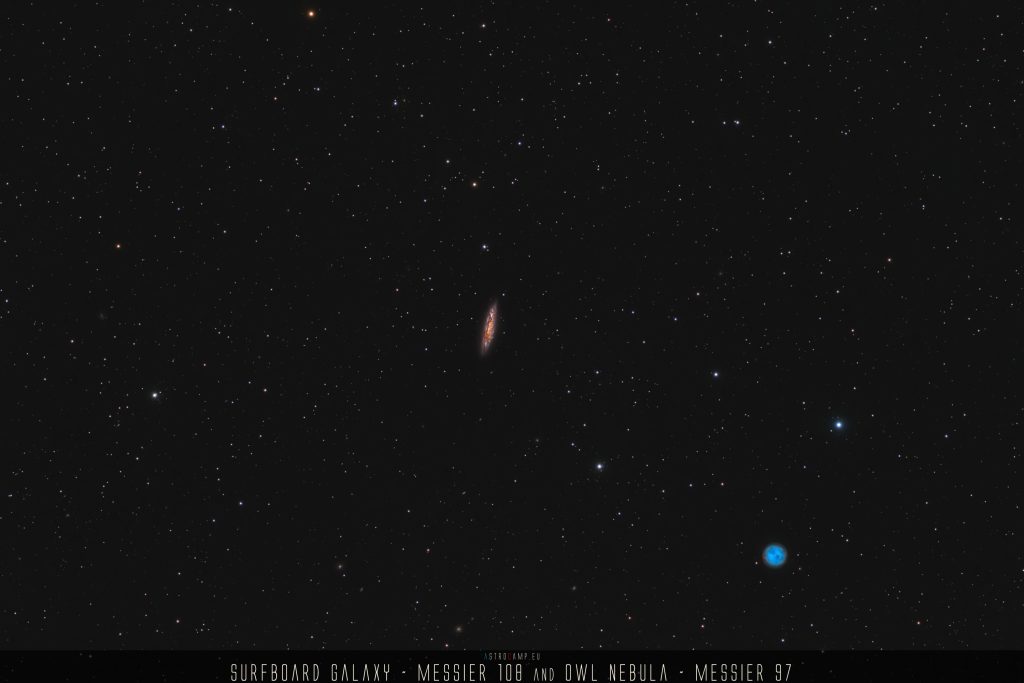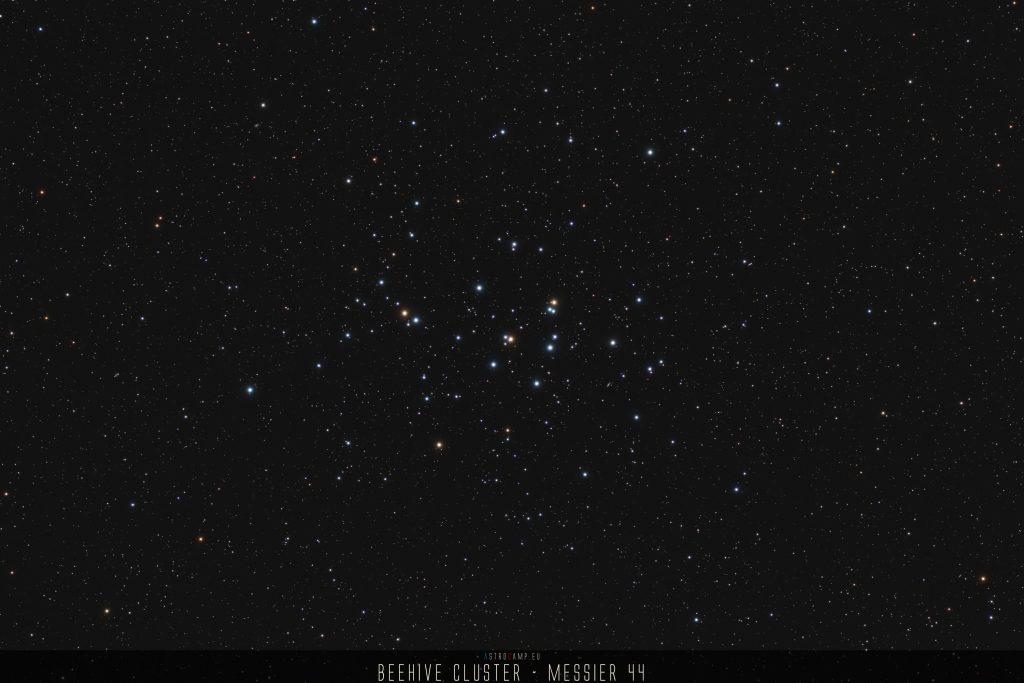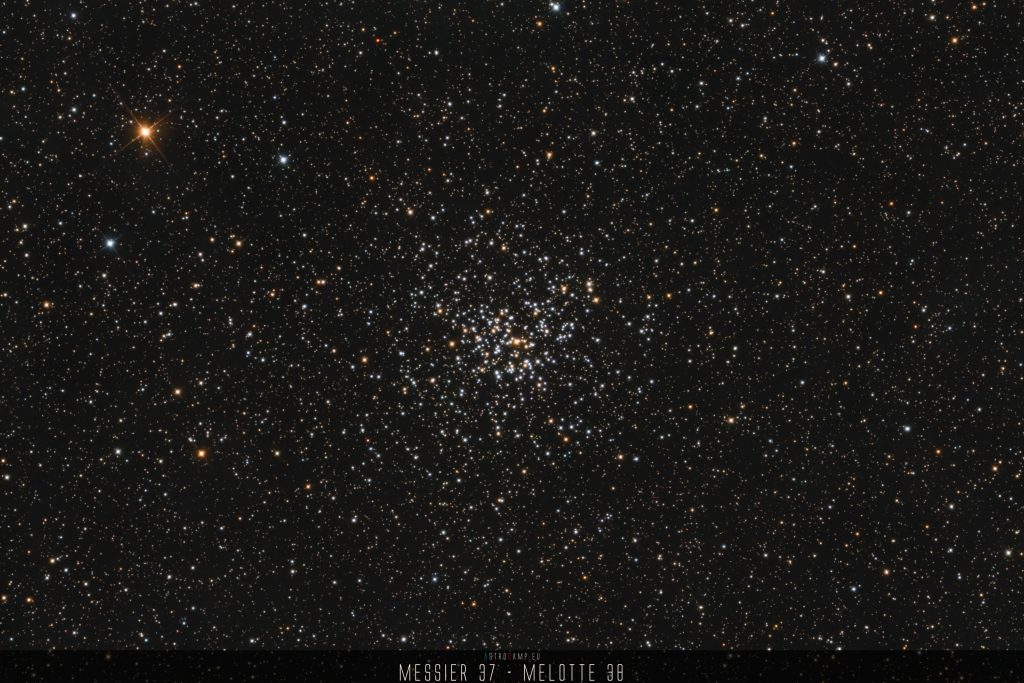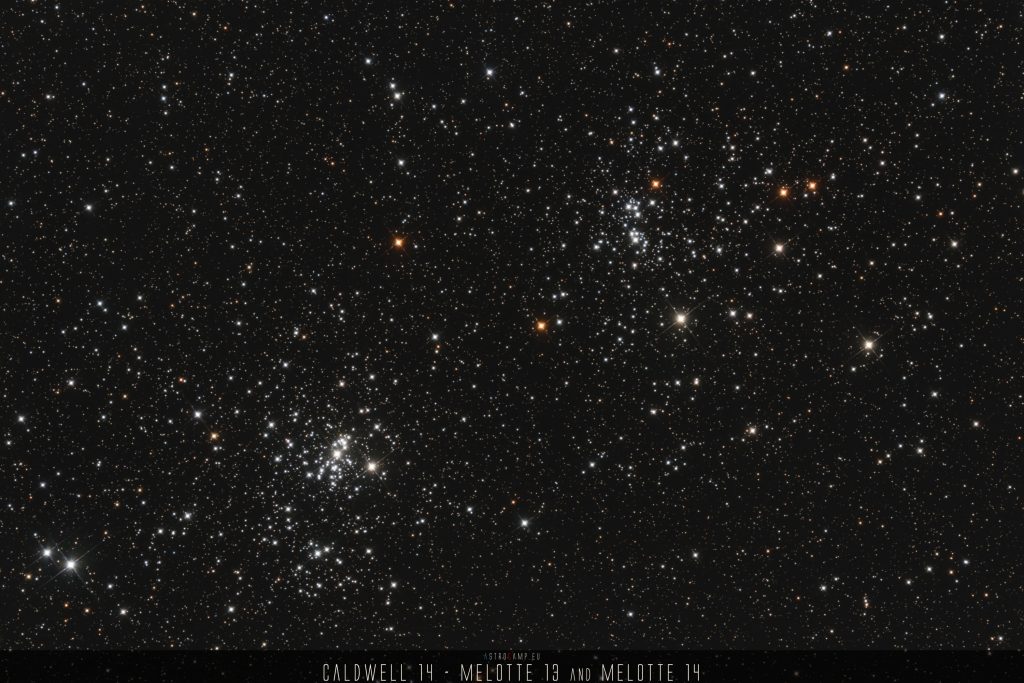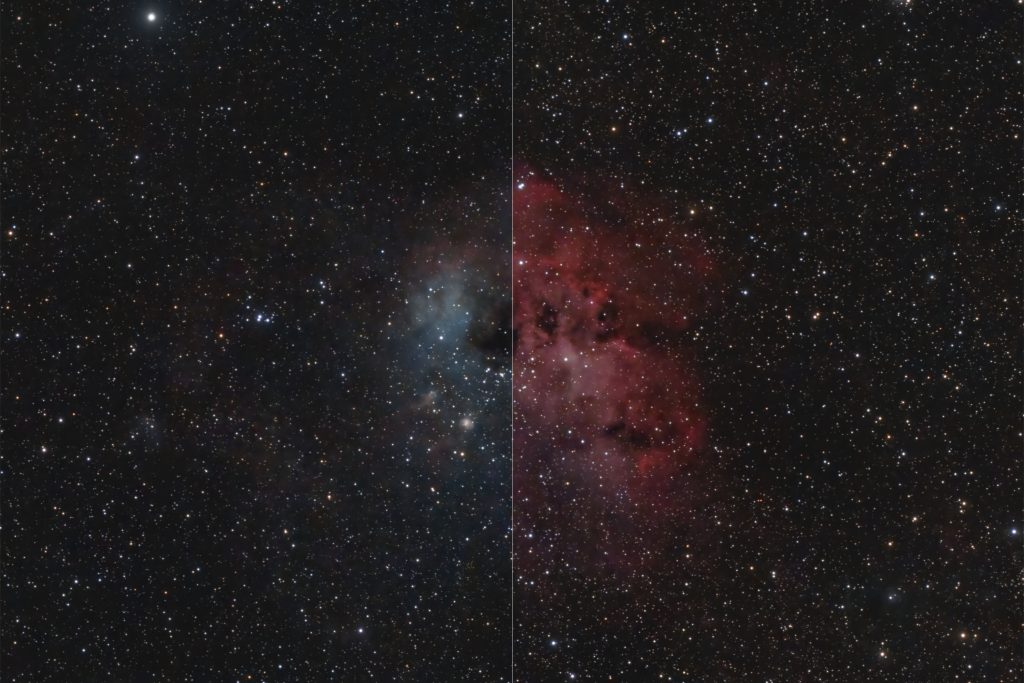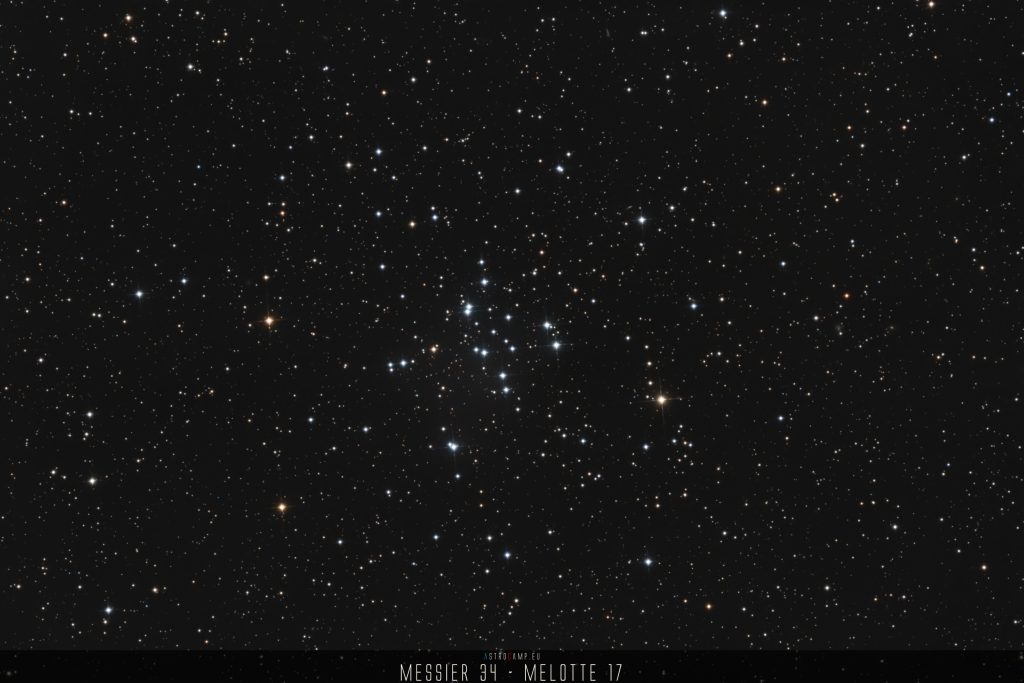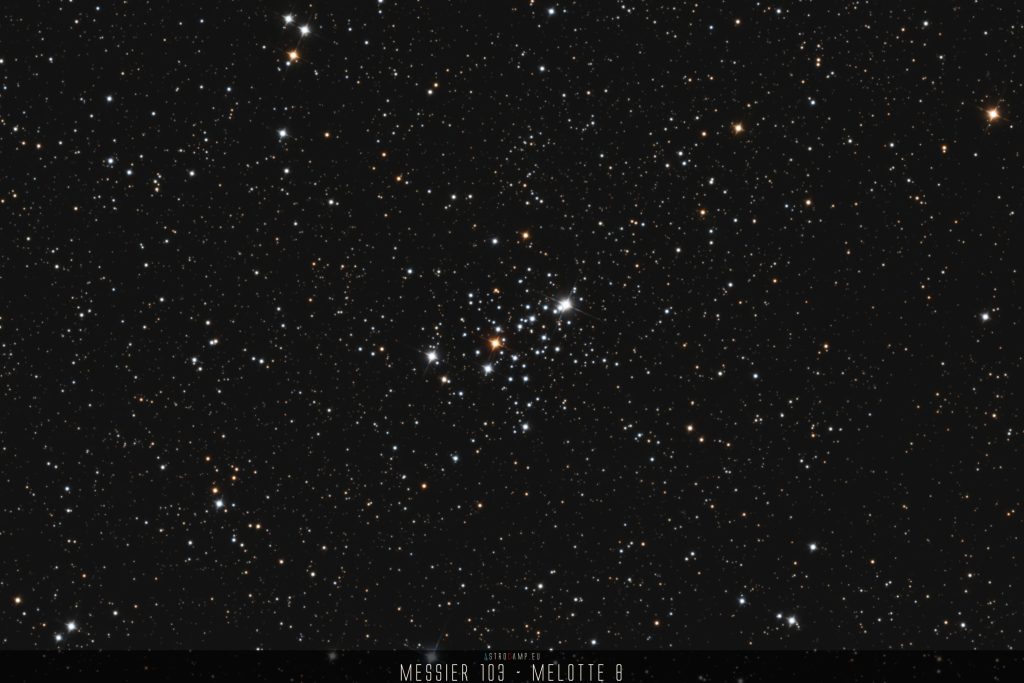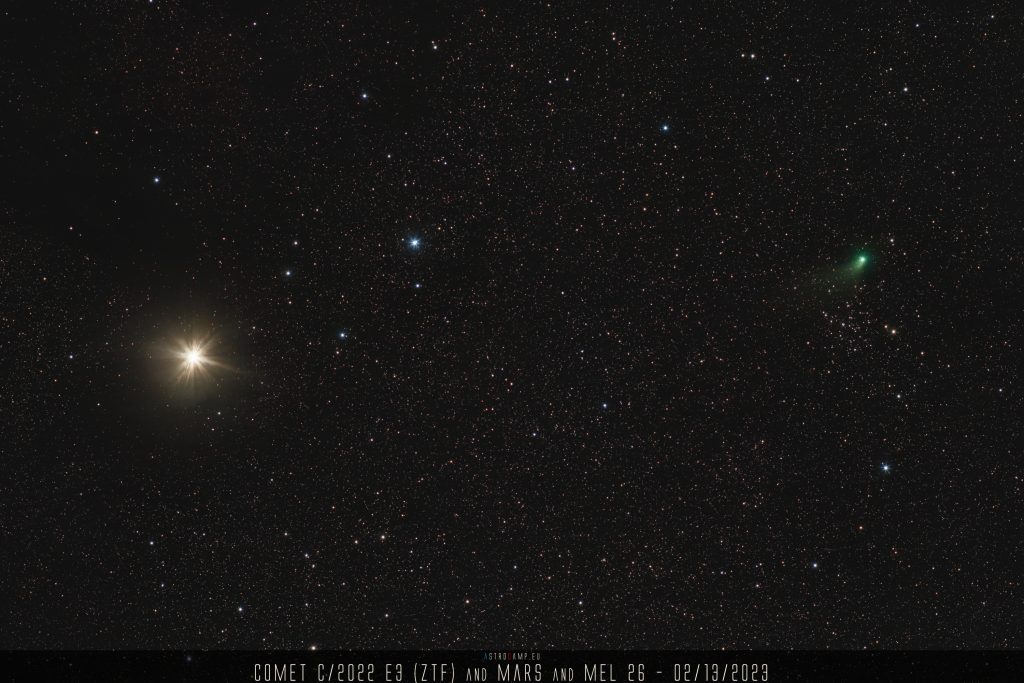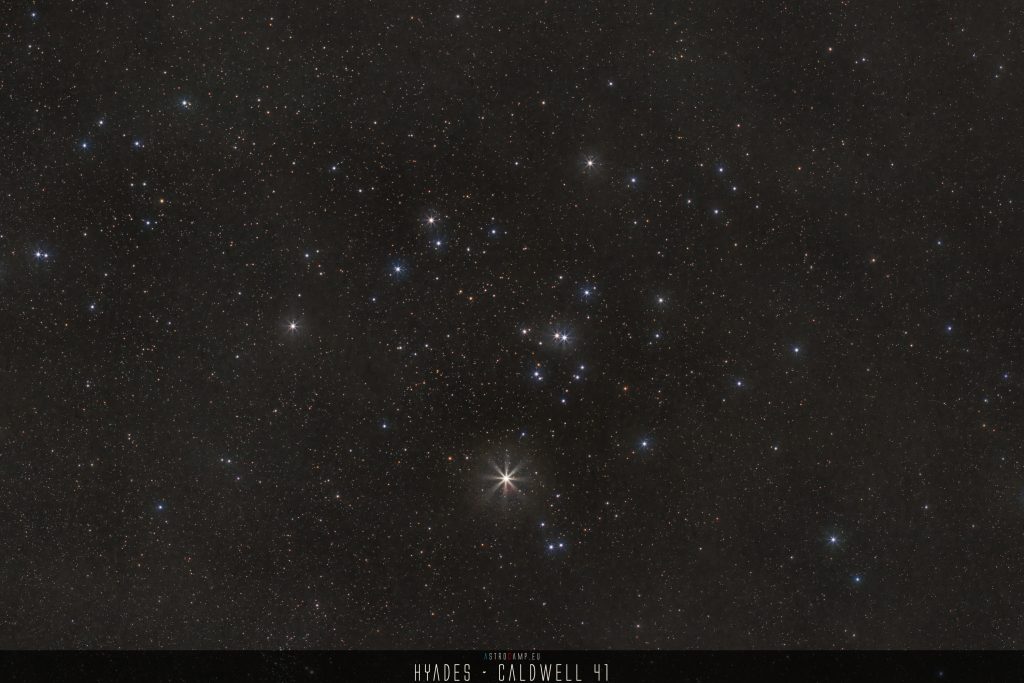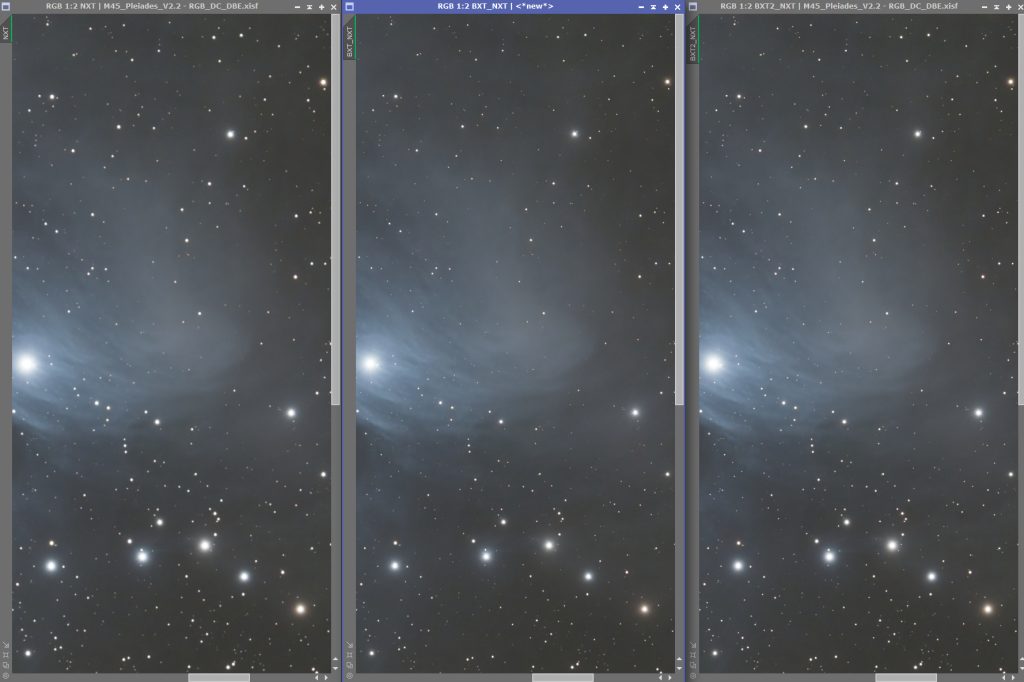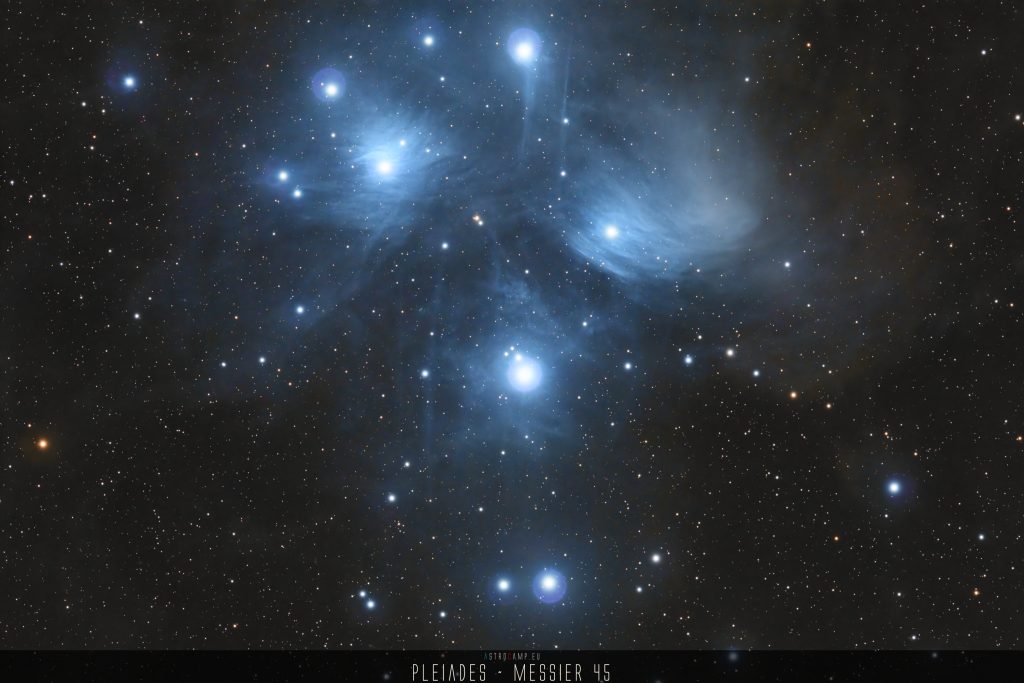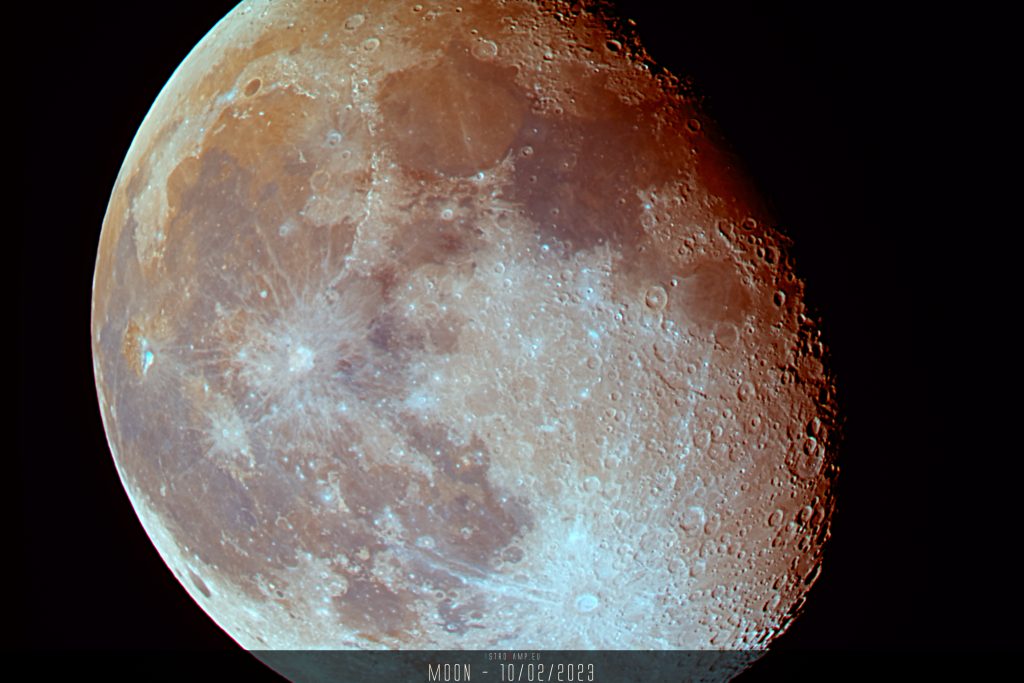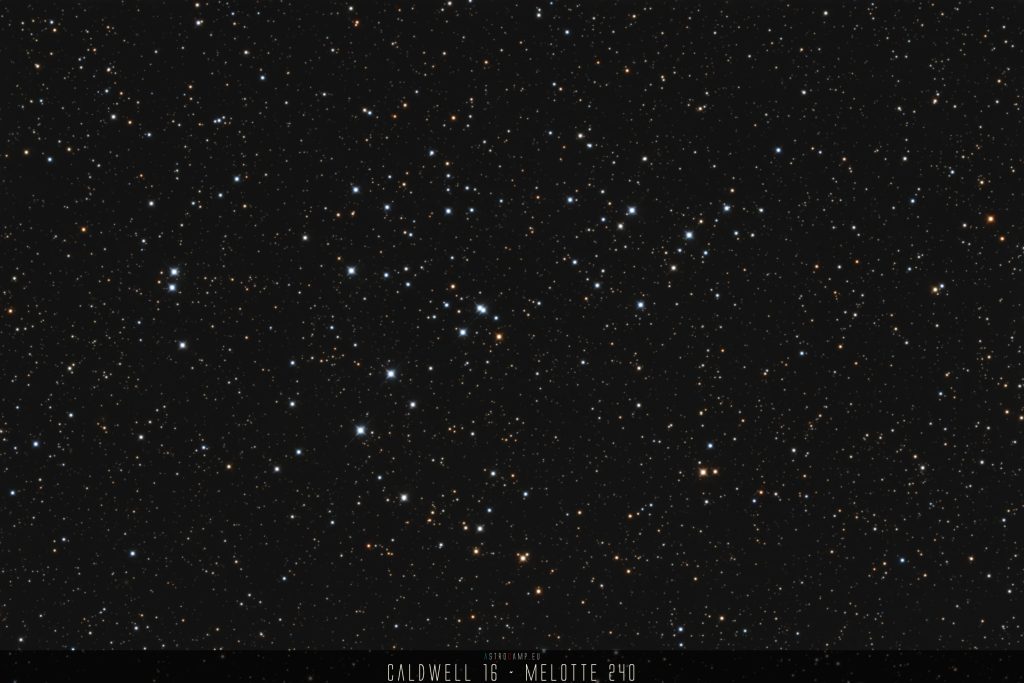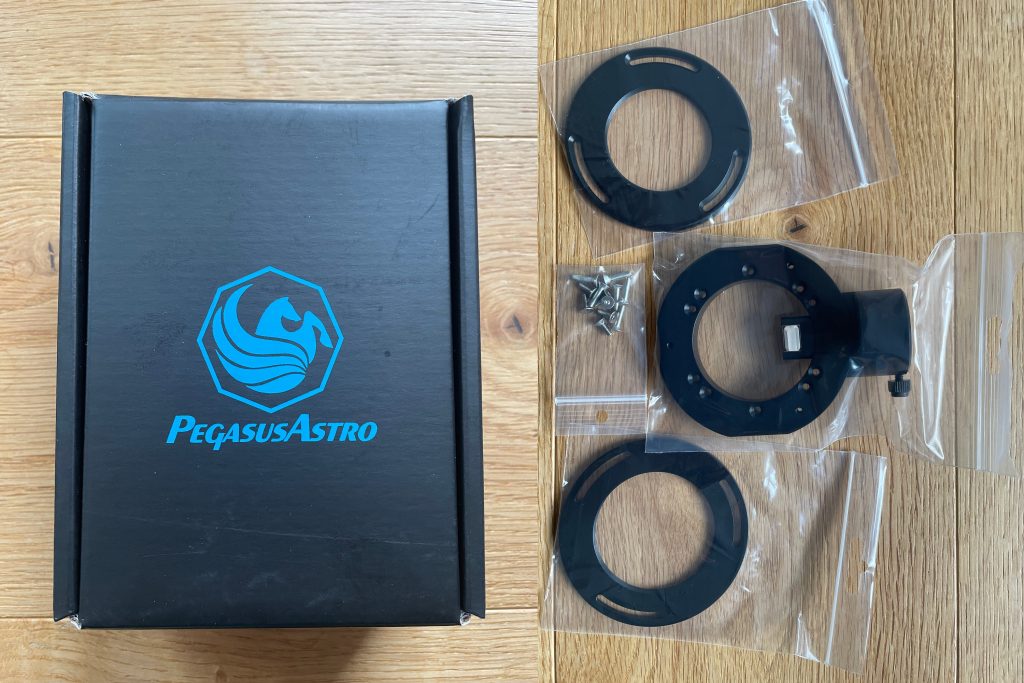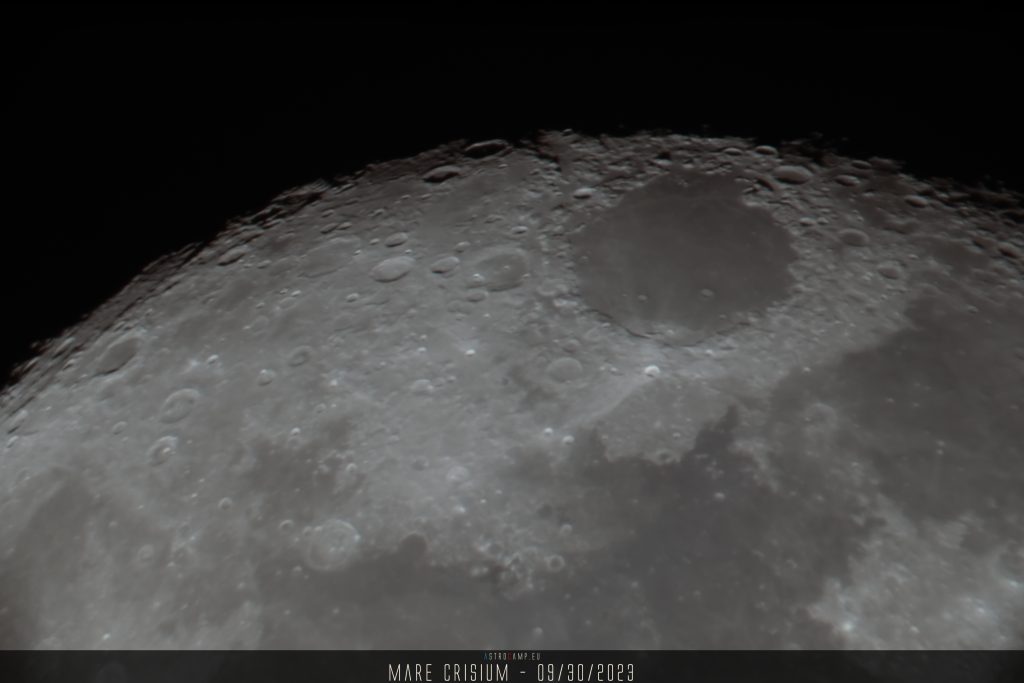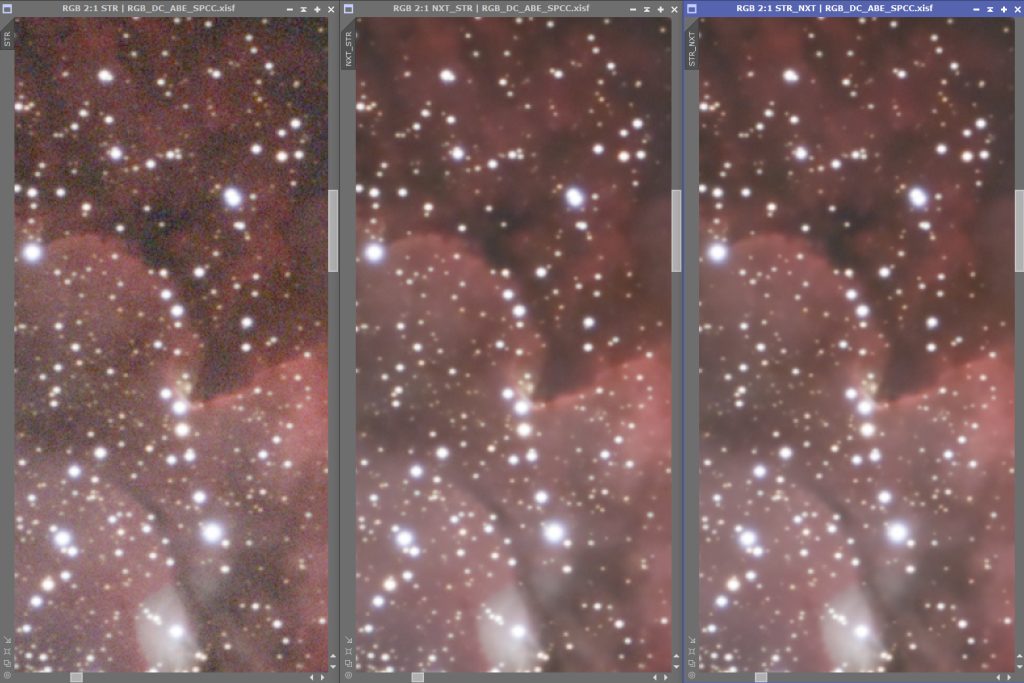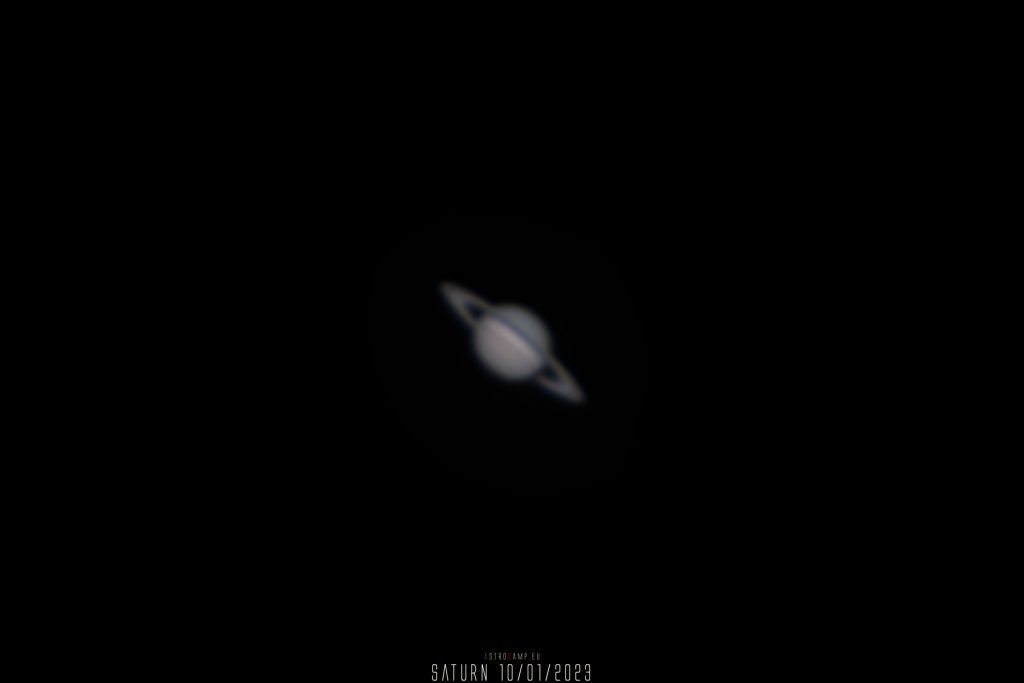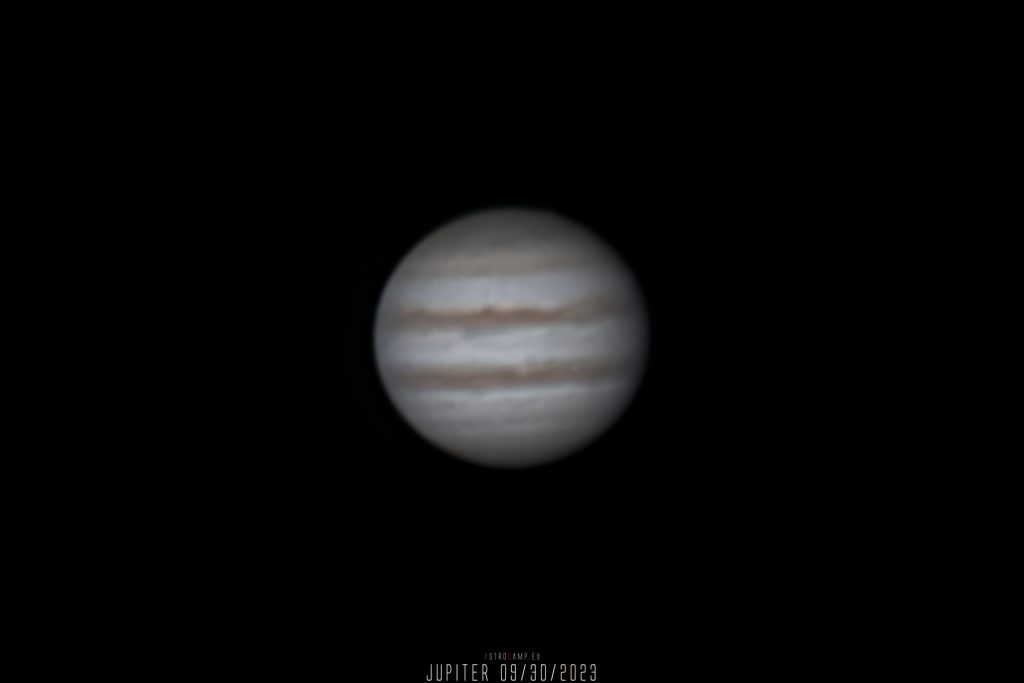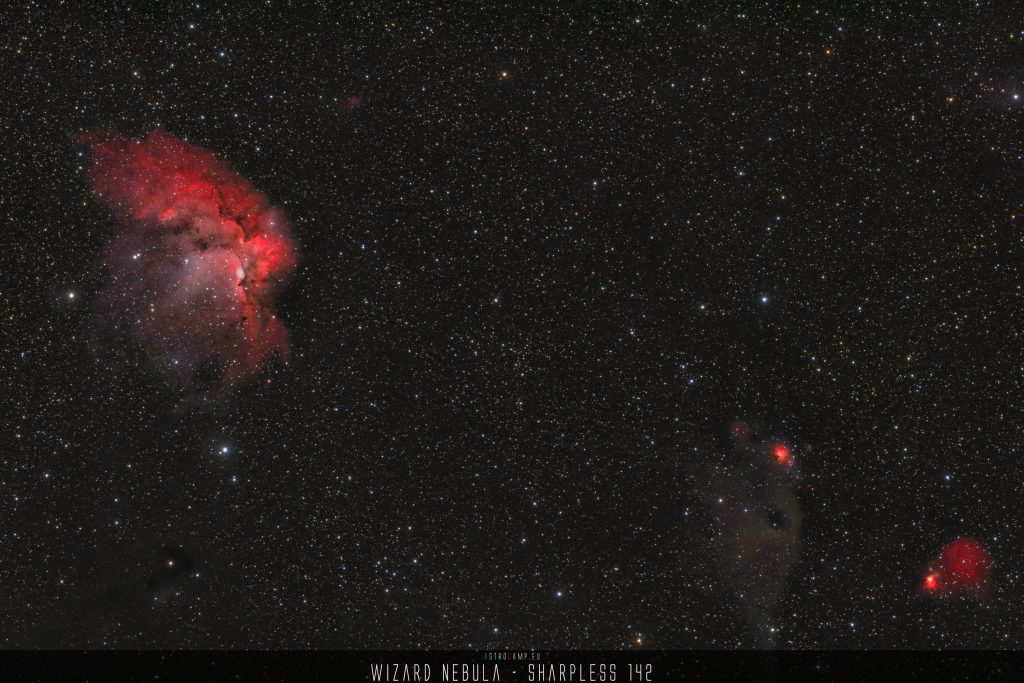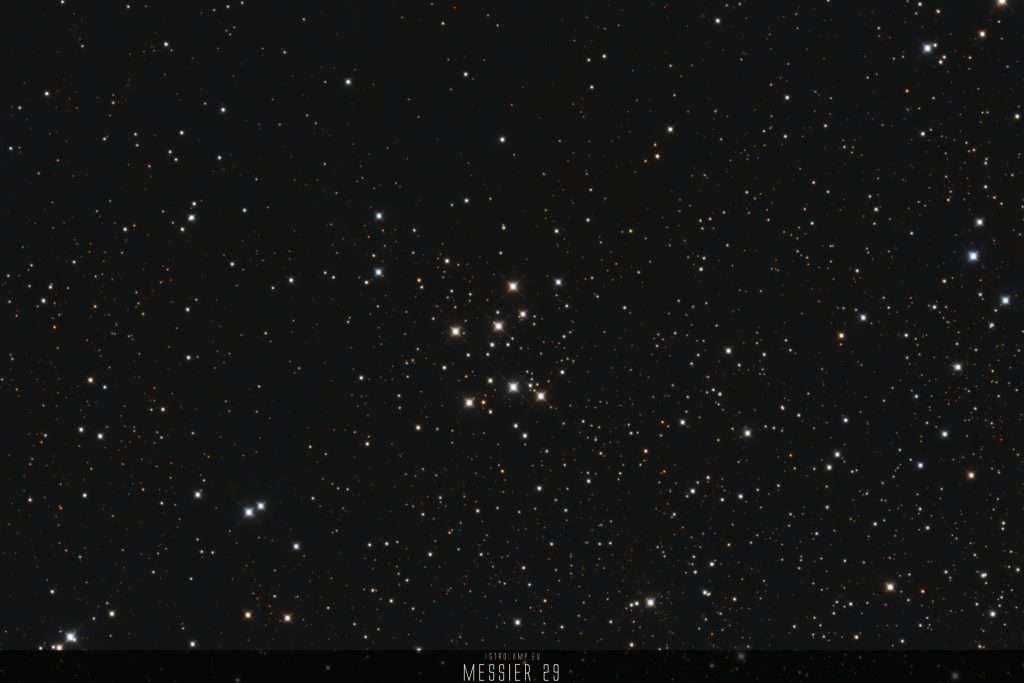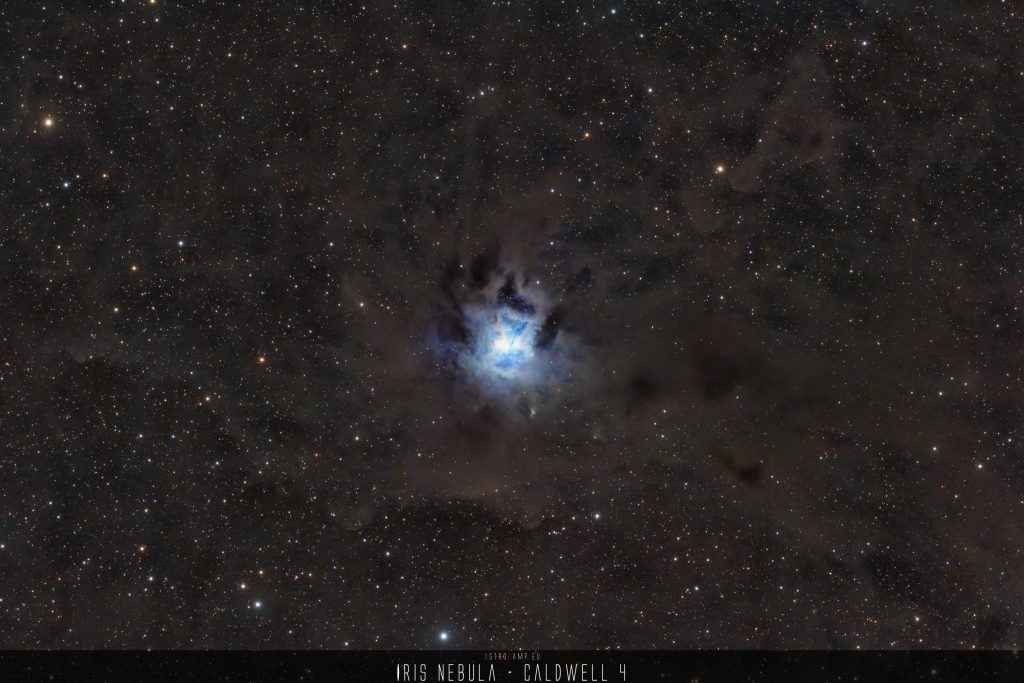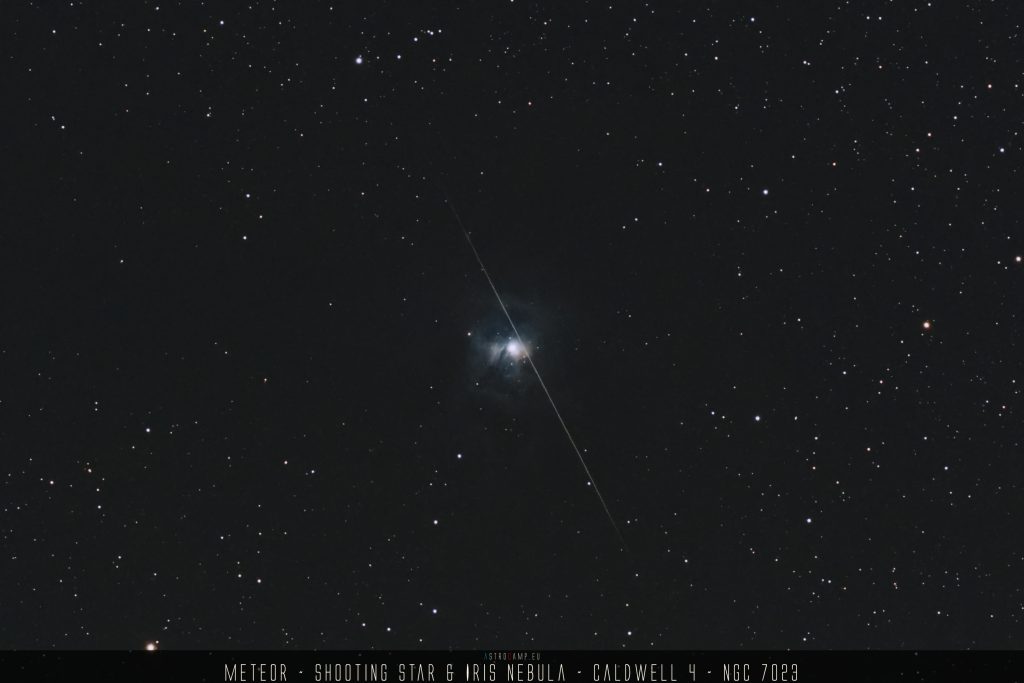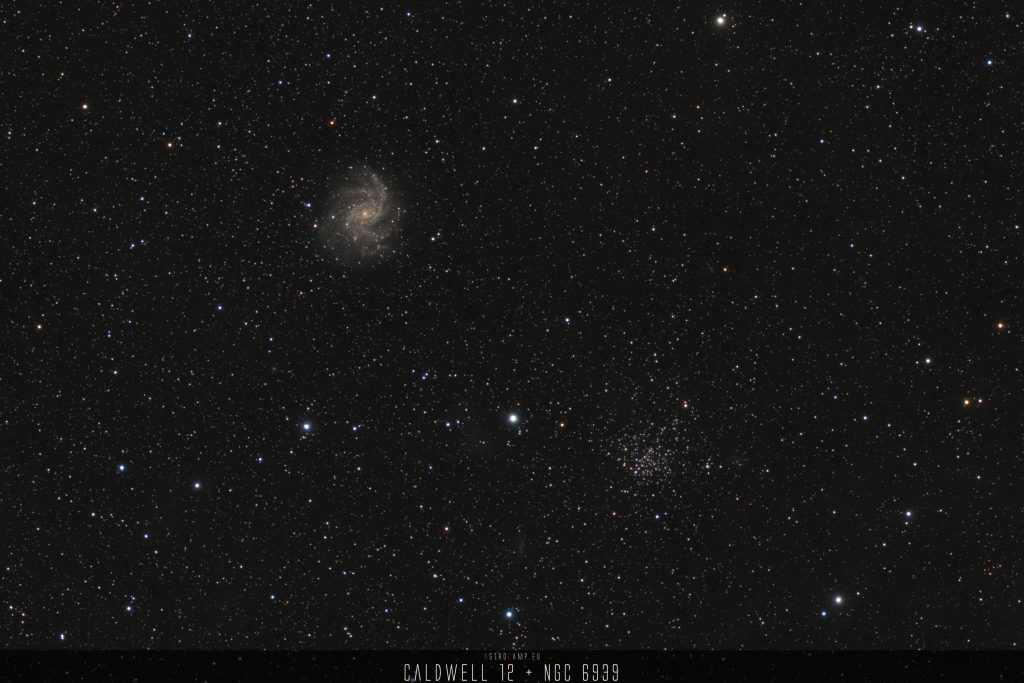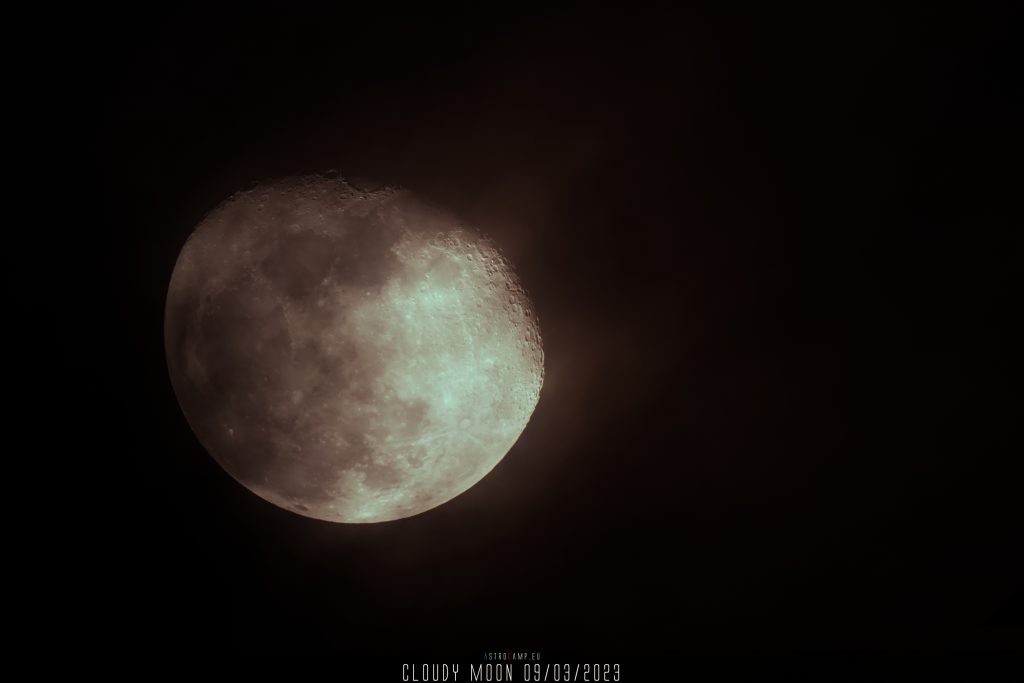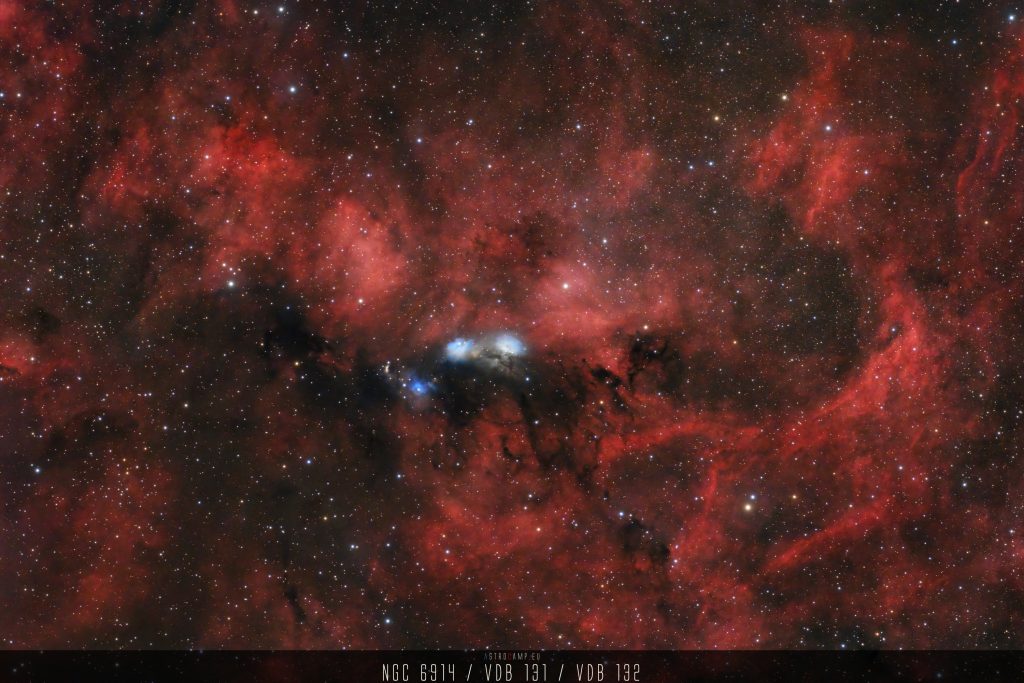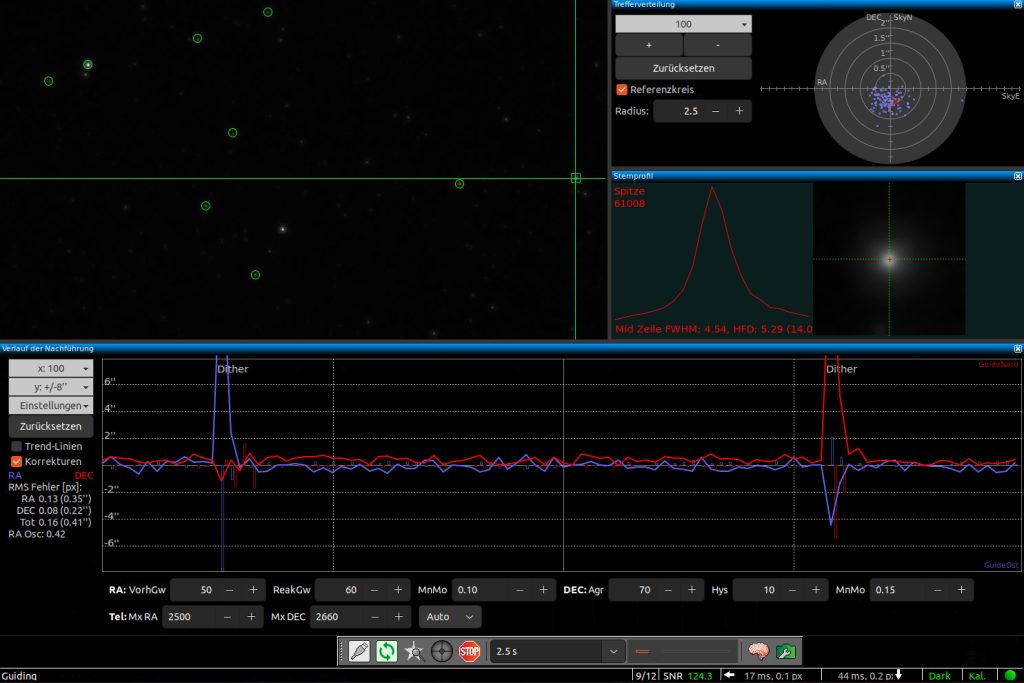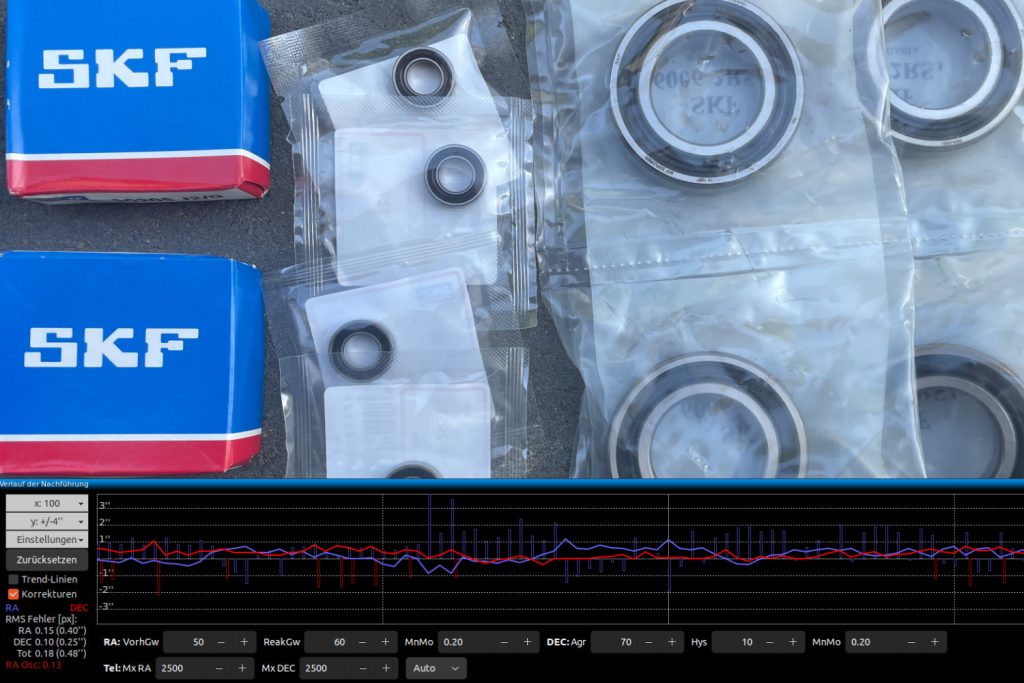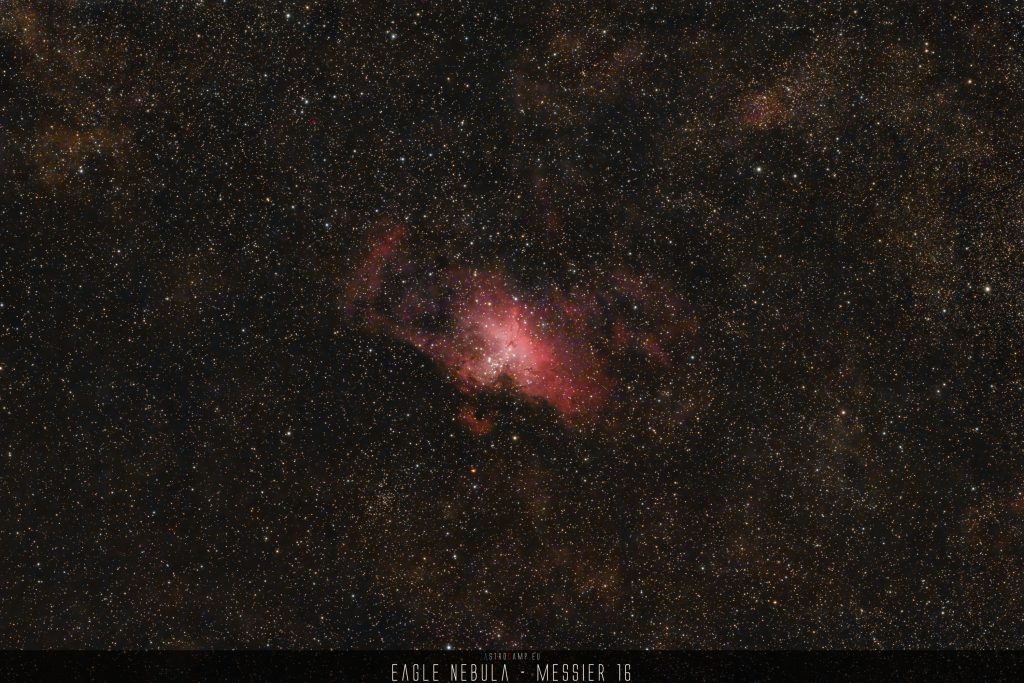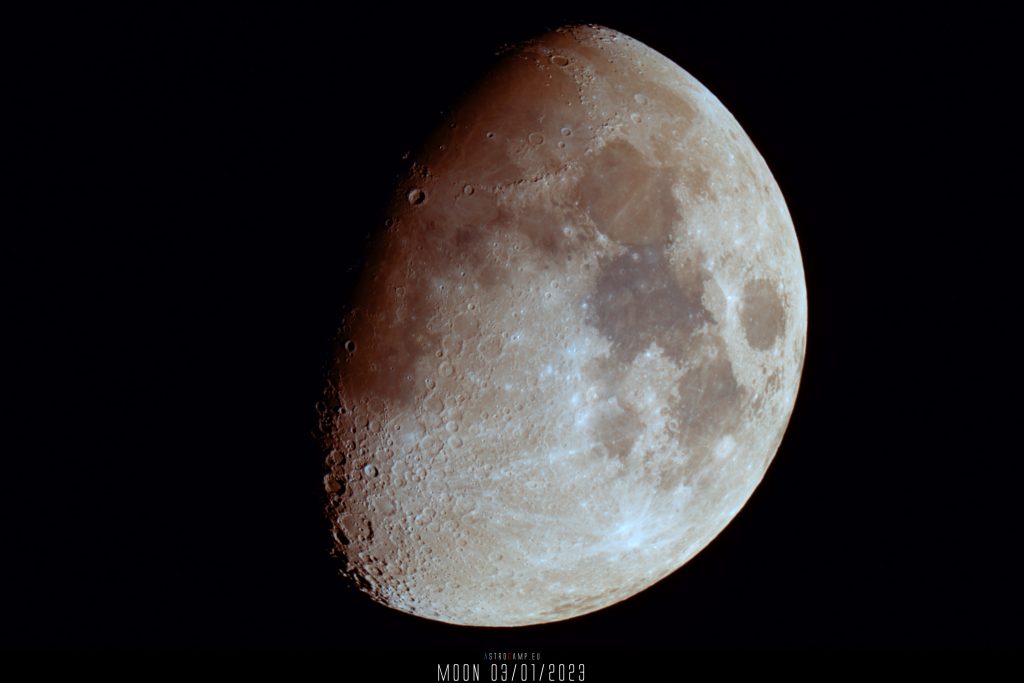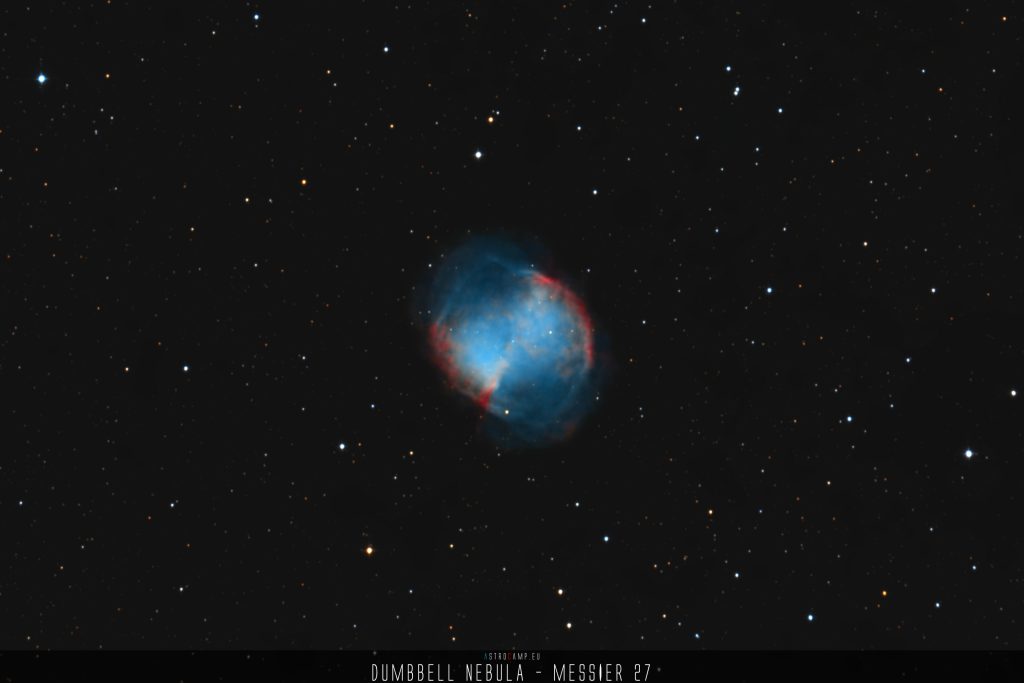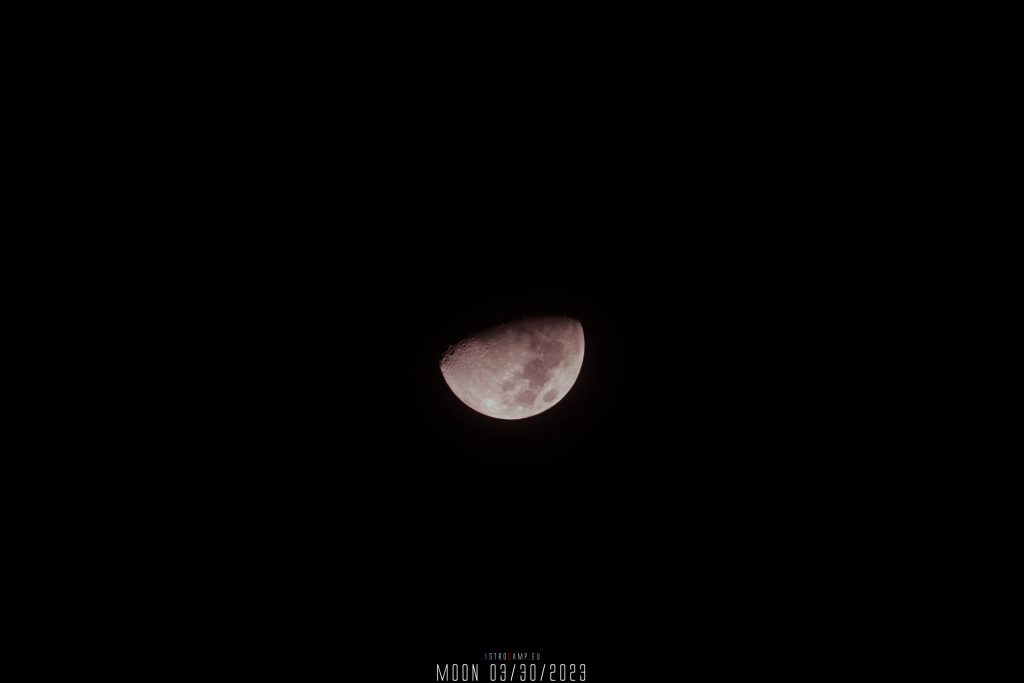Messier 108, a barred spiral galaxy, boasts distinctive dust lanes stretching across its face, lending it the appearance of a surfboard. Located approximately 46 million light-years away from Earth, it spans about 130,000 light-years in diameter. Its spiral arms are adorned with regions of active star formation, visible in the form of bright, young blue stars. First discovered by Charles Messier in 1781, this galaxy is a captivating sight in the night sky, especially when observed with telescopes of moderate aperture.
List of Names/Catalog Numbers
- Messier 108
- UGC 6225
- NGC 3556
Position and Cosmic Neighborhood
Messier 108, a barred spiral galaxy known as the Surfboard Galaxy, resides in the constellation Ursa Major. Positioned about 46 million light-years away from Earth, it lies within the cosmic neighborhood of the Ursa Major Galaxy Cluster, which also houses several other galaxies.
Four Special Facts
- Located about 46 million light-years away.
- Spans approximately 130,000 light-years in diameter.
- Displays active star formation regions with bright, young blue stars.
Brightness, Distance, and Size
- Brightness: Apparent magnitude of around 10.0.
- Distance: Approximately 46 million light-years away from Earth.
- Size: Spans about 130,000 light-years in diameter.
- Size in Arcminutes: Approximately 8.0 arcminutes in apparent size.

